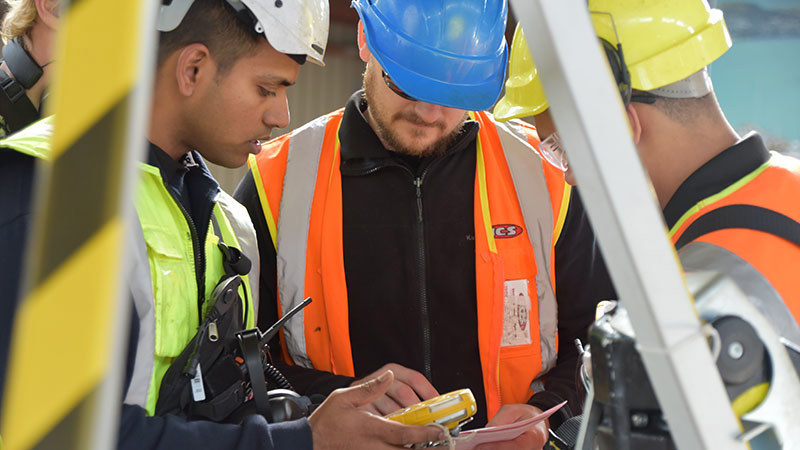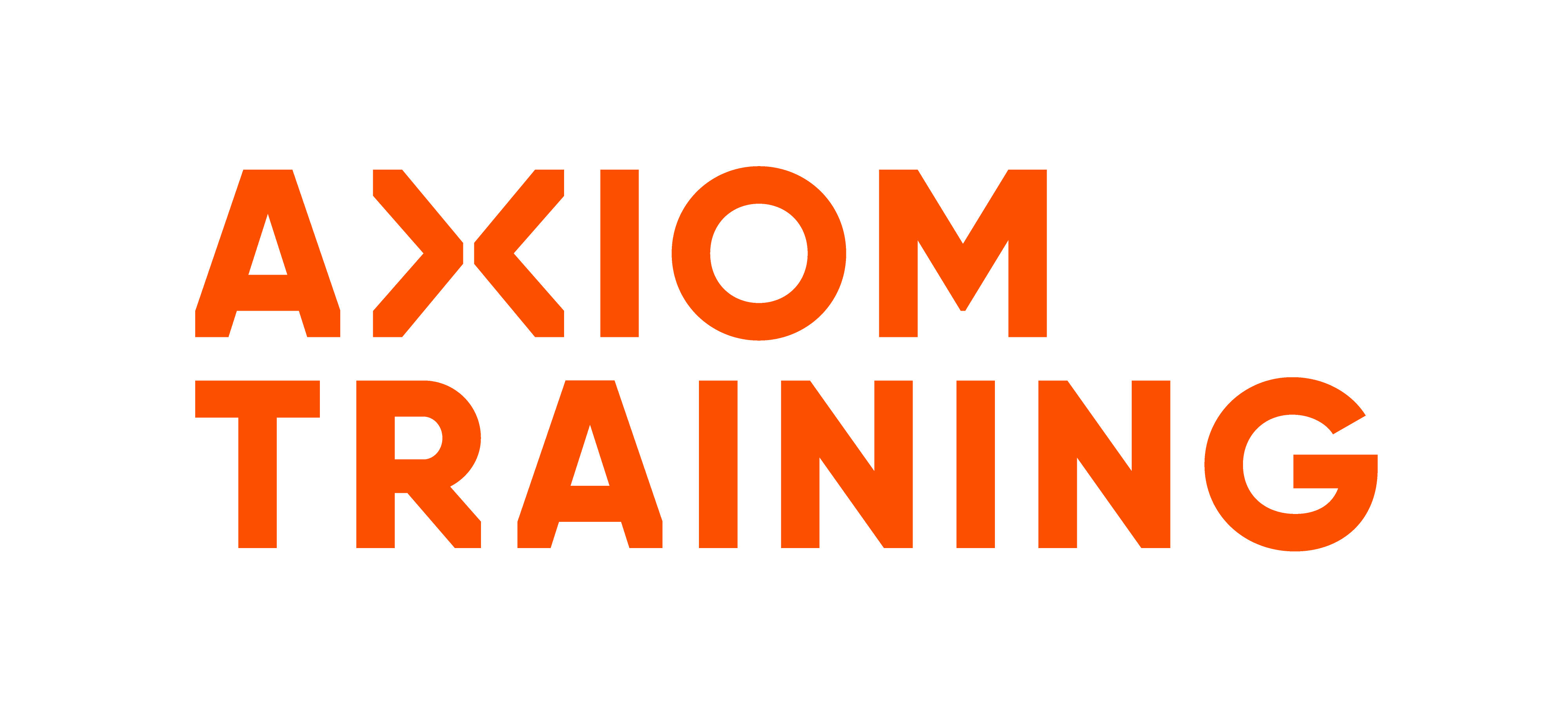The hidden dangers and considerations when working in or on confined spaces
H&S Tech Tip
Many workers are injured and killed each year while working in confined spaces.
Recent statistics suggest that worldwide around 200 people die each year due to accidents in confined spaces. Two thirds of these incidents were caused by toxic atmospheres, most of which were already in the space before entry.
What does this tell us? Our workforce needs to do better.
Our people, site managers and those that employ them need an understanding of the risks associated with working in confined spaces along with the learned skills to ensure their safety.
The most common cause of death is lack of oxygen.
Repair and maintenance (24%) cleaning (12%) and inspections (11%) accounted for the highest incident rates. An estimated 60% of the fatalities have been would-be rescuers.
There is no room for “She’ll be right!” in these environments.
Most people die trying to save others. Through training, supervision, risk assessments, monitoring and effective work and rescue procedures these can be avoided. From gas detection, safety equipment, up to date confined space entry training and the planning of your entry and “exit”, there are a wide range of considerations that are often overlooked. At times its complacency, but more often than not it’s a case of not knowing the risks to begin with.
The Australian Standard AS 2865-2009 Confined Spaces outlines the minimum requirements for establishing a safe system for entry and working in, on or nearby a confined space. Worksafe NZ recognises AS 2865-2009 as the recommended standard for establishing safe systems and practices for confined space entry.
Safety ‘n Action train to these standards and provide up to date NZQA accredited unit standards in planning a confined space entry, knowledge of hazards associated with confined spaces and the operation of atmospheric testing devices.
If you or your team are unsure of where to next. Pause, take a moment and look for local Health & Safety Training providers to guide you through the relevant training recommendations. Dependant on your operation, health and safety professionals can not only walk you through the definition of a confined space, they can also uncover any underlying risks and further training required.
Does the work require the use of a harness? If so, your team need to be able to not only assess if their equipment meets standard, but also ensure they understand its correct use.
Harness systems if working above or below ground in a confined space. All harness work requires training and competence and only trained and competent personnel can install and use harness systems on site. Persons not trained should be inducted by the system installer or other qualified persons before they are permitted to use the system.
They should also be supervised at all times by another person who is also trained and competent. For workers who are to complete basic work while under total restraint, a recommended means of achieving competence is NZQA Unit Standard 23229 – Use a safety harness for personal fall prevention when working at height, or an equivalent or higher qualification. A recommended means of obtaining competence for workers who are involved in planning, installing, operating fall arrest systems and supervising staff is NZQA Unit Standard 15757 – Use, install and disestablish proprietary fall arrest systems when working at height or an equivalent or higher level of qualification. NZQA Unit Standard 23229 is a prerequisite for achieving NZQA Unit Standard 15757.
If the above just lost you, then simply put……You don’t know what you don’t know, that is where the value in leaning on the professionals comes in.
Prepare yourself and those around you with the knowledge and technical skills to stay safe.
Additional resources




